Morning Glory?? Vine type weed...
schmoopi
18 years ago
Featured Answer
Sort by:Oldest
Comments (31)
morz8 - Washington Coast
18 years agoannaneaves
18 years agoRelated Professionals
Derry Landscape Architects & Landscape Designers · Ballwin Landscape Architects & Landscape Designers · Graham Landscape Architects & Landscape Designers · Montgomeryville Landscape Architects & Landscape Designers · Panama City Landscape Architects & Landscape Designers · Willowick Landscape Architects & Landscape Designers · Arden-Arcade Landscape Contractors · Canyon Lake Landscape Contractors · Kearny Landscape Contractors · Lyndhurst Landscape Contractors · Mission Landscape Contractors · Oak Forest Landscape Contractors · Stallings Landscape Contractors · York Landscape Contractors · Irvington Landscape Contractorsginjj
18 years agoTerrapots
17 years agolee53011
17 years agodewey05
17 years agohuachuma
17 years agonanmi
16 years agodertater
15 years agolisa118
15 years agobotanybob
15 years agosa_butterfly2_yahoo_com
14 years agoJAYK
14 years agodarren_146
14 years agogailey
14 years agoTiffany, purpleinopp Z8b Opp, AL
12 years agoirishred5
12 years agoKimmsr
12 years agowhitecap2
12 years agogargoylefun
10 years agoCaraRose
10 years agomikegirard
3 years agolast modified: 3 years agofloral_uk z.8/9 SW UK
3 years agomikegirard
3 years agolast modified: 3 years agofloral_uk z.8/9 SW UK
3 years agomikegirard
3 years agolast modified: 3 years agofloral_uk z.8/9 SW UK
3 years agomikegirard
3 years agolast modified: 3 years agofloral_uk z.8/9 SW UK
3 years agolast modified: 3 years agomikegirard
3 years agolast modified: 3 years ago
Related Stories

EDIBLE GARDENSNatural Ways to Get Rid of Weeds in Your Garden
Use these techniques to help prevent the spread of weeds and to learn about your soil
Full Story
LANDSCAPE DESIGNSee 5 Unexpected Ways to Use Vines
Vines can grow over slopes, trail off pergolas and add seasonal color to the garden
Full Story
PINK FLOWERSGreat Design Plant: Pink Trumpet Vine Heralds Vibrant Color
Announce your landscape beautification efforts with this flowering vine that perks up hot, dry gardens
Full Story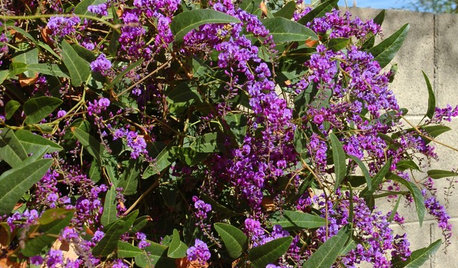
GARDENING GUIDESGreat Design Plant: Lilac Vine for a Purple Profusion in Winter
Grow this pretty, hardy vine on a fence or as a ground cover for blooms throughout the colder months
Full Story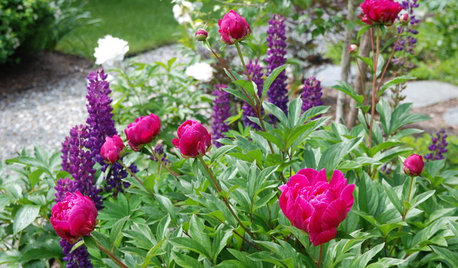
REGIONAL GARDEN GUIDESDelight in Summer’s Garden Glories — Here’s What to Do in June
Wherever you live in the United States, these guides can help you make the most of your summer garden
Full Story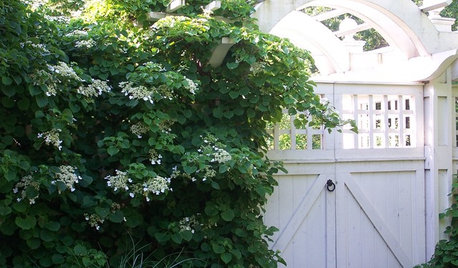
FALL GARDENING6 Deer-Resistant Flowering Vines to Plant This Fall
Have a major deer problem? Here are some of the only vines that have a chance of not being eaten
Full Story
FOLIAGEGreat Design Plant: Ornamental Sweet Potato Vine
Versatile, fast growing, inexpensive and easy on the eyes, ornamental sweet potato vine has it all
Full Story
FLOWERS5 Sensational Flowering Vines for Warm Climates
Splash your garden with bright tropical color from late summer through fall with these showy trailing and climbing beauties
Full Story
INSPIRING GARDENSFrom Concrete Lot to Gracious Organic Garden in Seattle
Plants, pests and even weeds have a place in this landscape, which offers an edible bounty and a feast for the eyes
Full Story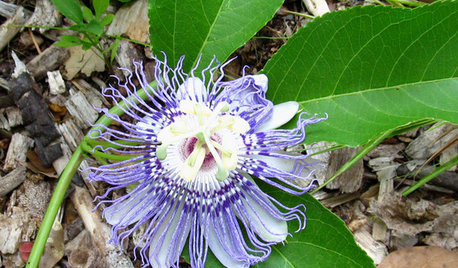
GARDENING GUIDESGreat Design Plant: Passiflora Incarnata
Enjoy the amazing flowers and edible fruit of U.S. native Passiflora incarnata (also known as maypop) — the butterflies sure do
Full StoryMore Discussions






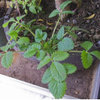
gardenmaniac_gmail_com